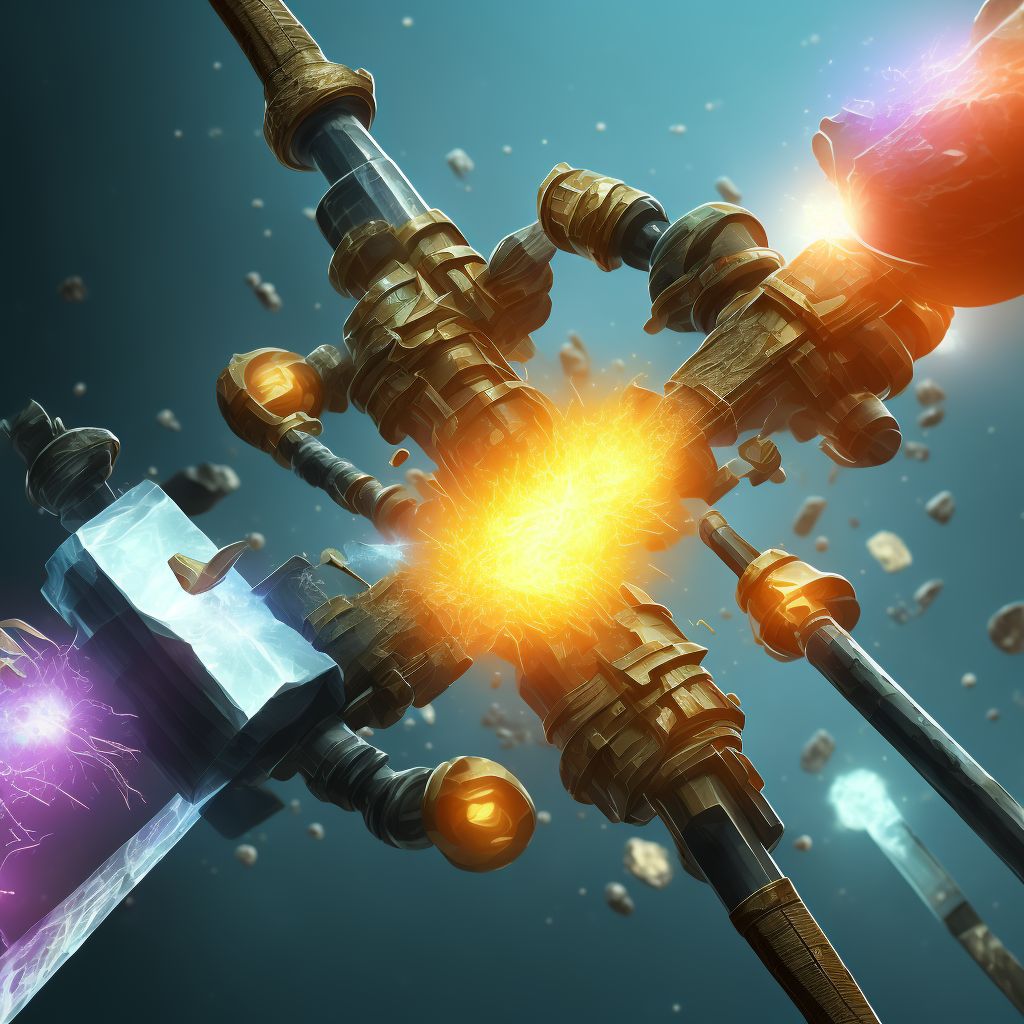
Displaced transverse fracture of shaft of right fibula, subsequent encounter for closed fracture with nonunion Save
ICD-10 code: S82.421K
Disease category: S82.421: Displaced transverse fracture of shaft of right fibula
Displaced Transverse Fracture of Shaft of Right Fibula, Subsequent Encounter for Closed Fracture with Nonunion
A displaced transverse fracture of the shaft of the right fibula refers to a specific type of fracture in the lower leg bone that is characterized by a complete break across the width of the bone. When this fracture fails to heal properly and results in nonunion, it requires subsequent medical attention for evaluation and management. In this article, we will discuss the condition of a displaced transverse fracture of the shaft of the right fibula and the subsequent encounter for closed fracture with nonunion.
Common causes of this type of fracture can include trauma, falls, sports injuries, or other accidents that subject the fibula to excessive force. The fracture is often displaced, meaning the broken ends of the bone are not aligned properly, which can further complicate the healing process.
During the subsequent encounter for closed fracture with nonunion, the healthcare provider will assess the patient's condition through physical examination, medical imaging, and reviewing the patient's medical history. This information helps in determining the extent of the nonunion and any potential underlying factors contributing to the failed healing process.
- The physical examination may involve assessing the patient's ability to bear weight, evaluating any deformity or swelling, and checking for signs of infection or other complications.
- Medical imaging techniques such as X-rays or CT scans can provide detailed images of the fracture site, helping the healthcare provider assess the extent of nonunion, identify any bone fragments, or detect potential healing complications.
- Reviewing the patient's medical history is crucial, as it helps identify any underlying conditions or factors that may have hindered the healing process. Factors such as smoking, poor nutrition, or certain medications can affect bone healing.
Based on the evaluation, the healthcare provider will develop an appropriate treatment plan to address the nonunion and promote healing. Treatment options may include surgical intervention, such as bone grafting or internal fixation, or non-surgical methods like immobilization with a cast or brace. The specific treatment approach will depend on the individual case and the patient's overall health.
In conclusion, a displaced transverse fracture of the shaft of the right fibula that results in nonunion requires subsequent medical attention for evaluation and management. Through a comprehensive assessment, healthcare providers can determine the extent of nonunion and develop an appropriate treatment plan to promote healing. Timely and proper care is crucial to ensure optimal recovery and restore the patient's mobility and quality of life.
Treatment of Displaced transverse fracture of shaft of right fibula, subsequent encounter for closed fracture with nonunion:
Treatment Options for 'Displaced Transverse Fracture of Shaft of Right Fibula, Subsequent Encounter for Closed Fracture with Nonunion'
When it comes to a displaced transverse fracture of the shaft of the right fibula, subsequent encounter for closed fracture with nonunion, there are several treatment options available. The choice of treatment depends on the severity of the fracture...
To see full information about treatment please Sign up or Log in